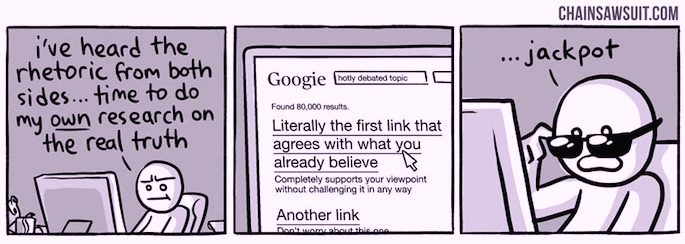 |
| Not again! |
"Who are you?"
"Silvio Berlusconi, newly elected representative from the Republic of Italy."
"What would that be in English?"
This is something that happens regularly in Ireland to people who use the (more correct) form of their surname. It has happend to me as recently as last week.
I had to go into a local hospital in the Gaeltacht serving city of Galway for a medical procedure. For safety reasons the very efficient and friendly staff of these establishments must check your name date of birth etc. to ensure that your are the correct person for this procedure.
Checking my name one of those checking queried my surname, "And whats that in English, Eoin?" I just said that's my surname, "It's a old Wexford name!" I went on to talk about other surnames from Wexford in my family background including my great-grandmother who was a Hore - one of the Hores of the Moyne as my grandfather used to smilingly refer to her in the days when I had no idea that there could be any other word with the same sound, a different spelling and a completely different meaning!
On other occasions I have been told directly "That's Ryan isn't it?" Now as I appriach my dotage I no longer acquiesce and say no it isn't it's "Ó Riain." Prior to this i might have agreed for a quiet life!
I have also been told that I should not have not to use that form of my name. I decided to use it and only that form when I came to voting age. I feel that after over fifty years this decision should not be queried. Perhaps I am naive?
Recently the film director, Ciarán Ó Cofaigh drew our attention to the apparant inability of may of our public (and private) institutions to cope with the accent or long sign over vowels. "It's the esence of who I am!" (RTÉ, 9/4/2019) This is I suppose part of the same problem. Try booking a seat on IarnRód Éireann or on an Aer Lingus plane if your name has an accent!
 |
| Respect: My name tag from a conference in the Netherlands. |
I agree it is in one way a small irritant. But as the saying goes, "You can sit on a mountain but you can't sit on a pin!" The Comisinéir Teanga has said, "Our name and surname is an integral part of our identity and no person or organisation should take it upon itself to anglicise this." (Annual Report 2015, Page 7)
The ruling of a judge reported in yesterday's Irish Times (12/7/2019) has perhaps some relevance. The Judge refers to “a historically lukewarm State commitment to the giving of practical support and resources to support the language in the administration of justice”, or in any of its services I would add.
If the state is so lukewarm is it any surprise that those in the service of the public show a similar disregard?













